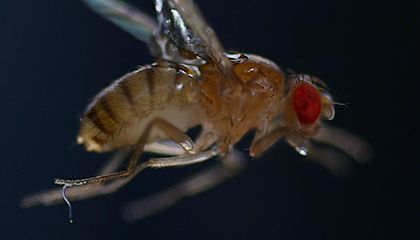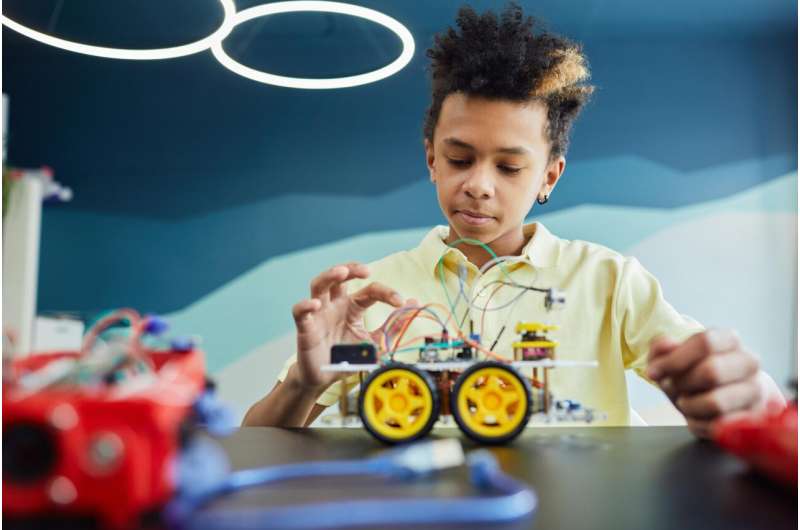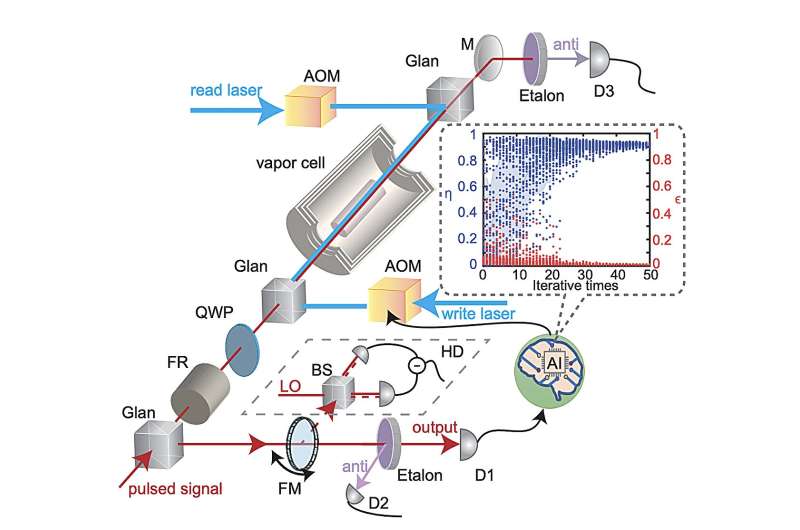Research conducted at the University of California, Berkeley has revealed a remarkable adaptation in parasitic worms known as nematodes. These tiny creatures utilize static electricity to effectively attach themselves to their primary hosts—fruit flies. The findings, published in March 2024 in a leading science journal, illuminate a complex interaction between these worms and their environment that had not been previously understood.
The study focused on how nematodes, which are microscopic roundworms, can take advantage of the natural electric charges present on the surfaces of fruit flies. This behavior allows the nematodes to increase their chances of transportation to new environments where they can thrive and reproduce. Researchers observed that when fruit flies are in close proximity to the nematodes, the static electricity generated by the flies acted as a magnetic force, drawing the worms towards them.
According to the lead researcher, Dr. Jessica Lee, “This unique method of hitching a ride is a fascinating example of how organisms can evolve to exploit physical properties in their environment.” The research team conducted a series of experiments to quantify the effectiveness of the static electricity mechanism. They found that nematodes could enhance their attachment rate to fruit flies by up to 60% when static charges were present.
The implications of this study extend beyond the interaction between parasitic worms and fruit flies. Understanding how nematodes utilize static electricity may provide insights into broader ecological dynamics and host-parasite relationships. It also raises questions about the role of environmental factors in shaping the behaviors of various organisms.
This discovery underscores the importance of interdisciplinary research, where biology intersects with physics to provide new perspectives on biological phenomena. As scientists continue to explore the complex interactions within ecosystems, findings like these pave the way for further investigations into parasitism and animal behavior.
The research was supported by various grants from the National Science Foundation, emphasizing the critical role of funding in advancing scientific knowledge. As the study’s authors noted, continued research into these mechanisms could lead to innovative strategies for managing pest populations and understanding parasitic relationships in other species.
In summary, the ability of nematodes to use static electricity to cling to fruit flies offers a remarkable insight into evolutionary adaptations. This research not only sheds light on a specific biological interaction but also enhances our understanding of the intricate relationships that define ecosystems.







